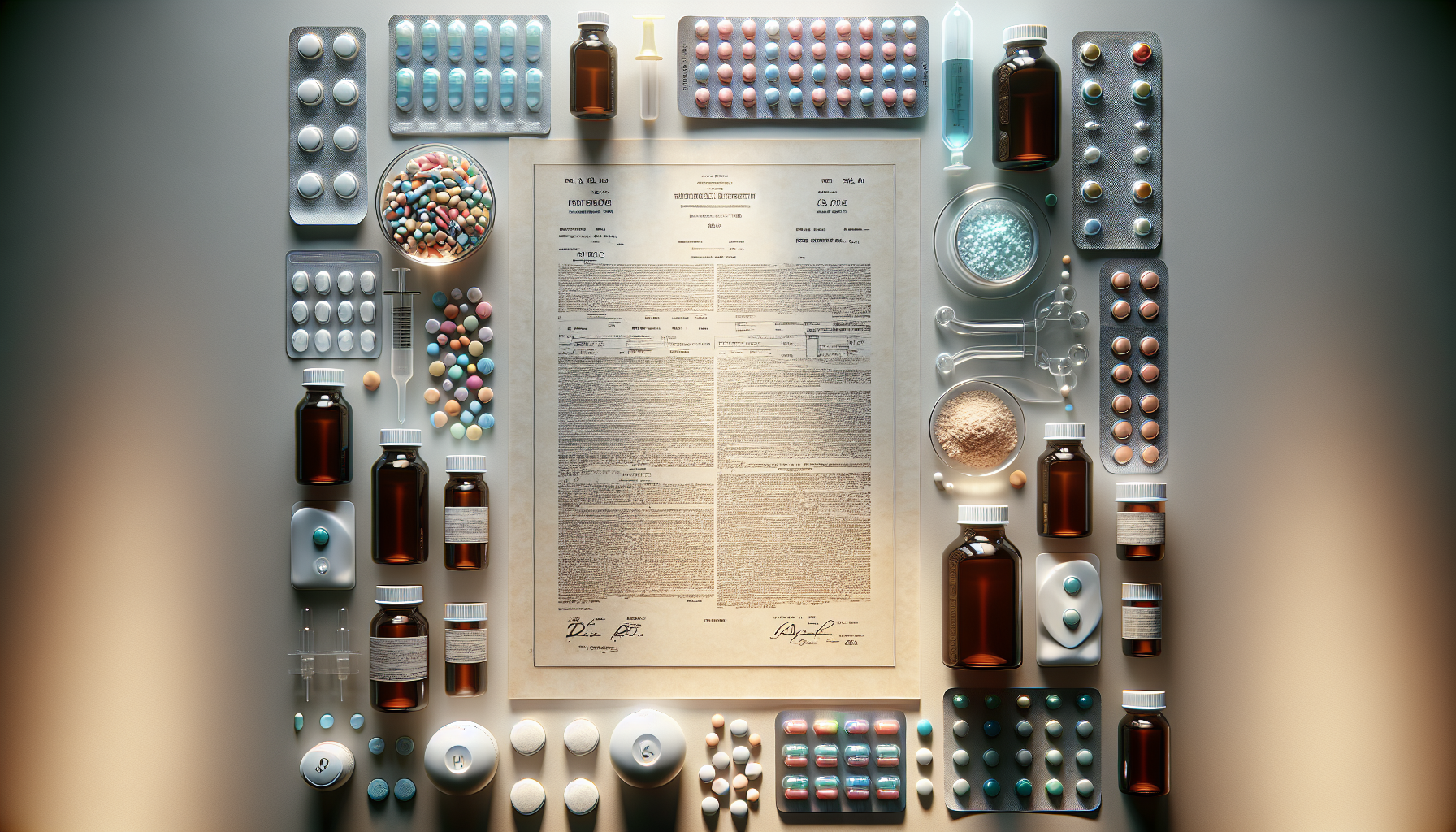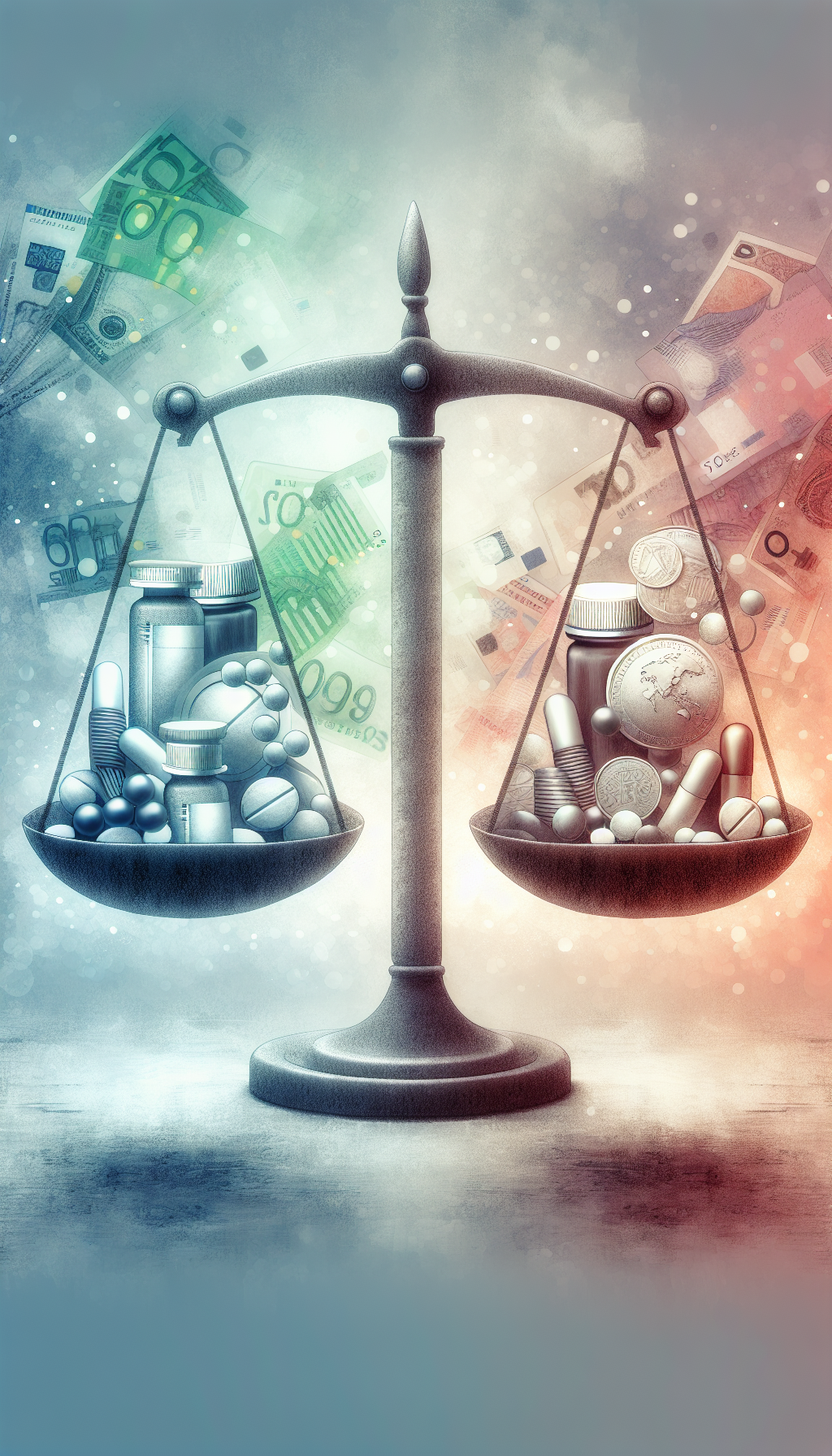The relationship between patents and pharmaceutical prices is a complex and often contentious topic. Patents are designed to protect the intellectual property rights of inventors, providing a temporary monopoly on the production and sale of new inventions, including medications. While patents are crucial for spurring innovation and ensuring that companies can recoup their investment in research and development (R&D), they also give rise to exclusive marketing rights that can lead to high drug prices. In this article, we will explore how patents affect pharmaceutical pricing and the balance between fostering innovation and ensuring access to affordable medications.
The Role of Patents in Drug Development
Before delving into the pricing aspect, it’s essential to understand the role of patents in the drug development process. Developing a new pharmaceutical product is a resource-intensive endeavor, involving years of research, extensive clinical trials, and adherence to rigorous regulatory standards. Patents provide pharmaceutical companies with a period of exclusivity, typically 20 years from the date of filing, to exclusively market the drug. This exclusivity is the reward for their investment and the risks they undertake during development.
Patent-Driven Price Dynamics
When a new drug is patented, the pharmaceutical company has a period during which it can set the price without concern for competition from generic versions. This often results in high prices, as the company seeks to maximize return on investment. The lack of competition means that patients and healthcare systems are often faced with only one high-priced option for new and potentially life-saving treatments.
To understand more about how medication management and the integration of supplements can influence health outcomes and potentially reduce the reliance on high-cost patented medicines, one might consider exploring Medication & Supplements.
Balancing Innovation and Access
The debate often centers on finding the right balance between encouraging pharmaceutical innovation and providing affordable access to medicine. Patents are a critical incentive for companies to invest in R&D. Without the potential for a significant return on investment, there may be less innovation in the pharmaceutical industry, leading to fewer new drugs coming to market.
However, affordability is a critical issue, especially for life-saving drugs. High drug prices can limit access for patients who need them, particularly in low- and middle-income countries. Governments and health organizations often negotiate with pharmaceutical companies to lower prices or provide subsidies to make drugs more affordable.
For further insight into managing medication costs and ensuring patient safety, the article on Medication Therapeutic Index and Patient Safety is a valuable resource.
Patent Expiration and Generic Competition
Once a patent expires, other companies are free to produce generic versions of the drug, which are typically sold at a lower price. The introduction of generics into the market usually leads to a significant reduction in the price of drugs, making them more accessible to a broader population. The competition among manufacturers of generics drives prices down further, benefiting the healthcare system and patients.
However, even with the introduction of generics, the initial high prices set during the patent period can have long-lasting effects on healthcare costs and access to medications.
Strategies to Mitigate High Drug Prices
Several strategies have been proposed and implemented to mitigate the impact of patents on drug prices:
- Government Negotiations: Some governments use their purchasing power to negotiate prices directly with pharmaceutical companies.
- Compulsory Licensing: In certain circumstances, governments can issue compulsory licenses to allow other companies to produce a patented drug without the consent of the patent holder, typically to address public health emergencies.
- Tiered Pricing: Pharmaceutical companies can implement tiered pricing, where drugs are sold at different prices in different countries, based on the ability to pay.
- Patent Pools: Patent pools, where multiple patents are licensed together to multiple parties, can help reduce costs and encourage the development of new treatments.
For an exploration of how personalized plans can optimize health outcomes and potentially alleviate the burden of costly medications, consider reading about The Benefits of Personalized Medication Management Plans.
External Resources Providing In-Depth Analysis
- The World Health Organization provides extensive resources on the impact of patents on drug prices, especially in the context of global health.
- The Journal of Law and Biosciences often includes detailed studies on legal aspects of pharmaceutical patents and their implications for healthcare costs.
- Patient advocacy groups like Patients for Affordable Drugs offer insights into the real-world effects of drug pricing on patients, including those caused by patent-related costs.
Conclusion
The patent system is a double-edged sword in the pharmaceutical industry. It incentivizes innovation but also leads to high drug prices that can restrict access to critical medications. Finding a balance between these two outcomes is a constant challenge for policymakers, healthcare providers, and the pharmaceutical industry. Ongoing dialogue, innovative pricing strategies, and policy reforms are required to ensure that the benefits of new drugs are accessible to all who need them.



